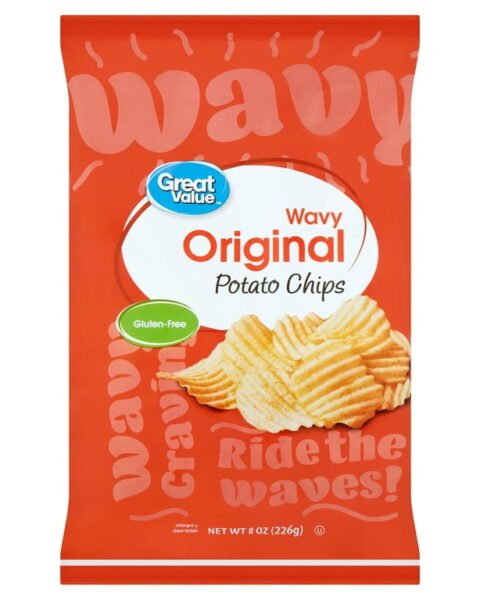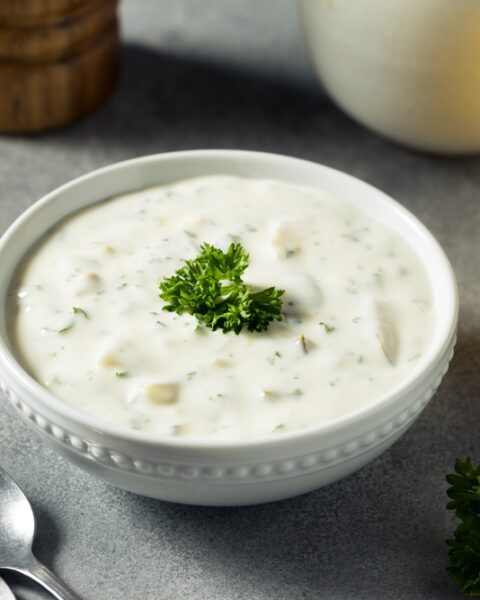Throughout history, wars have changed not only the political and social landscapes but also the foods we eat daily. From the need to keep soldiers fed and energized on the front lines to overcoming shortages on the home front, wartime innovations have left a lasting impact on food production, preservation, and distribution. Many foods we take for granted today, like canned goods, instant coffee, and even popular snacks, were either created or popularized due to the pressures of war. These innovations didn’t just stop at the battlefields; they became essentials in kitchens worldwide, reshaping diets and influencing food industries for generations.
Contents
- 1 Canning and Preservation Techniques
- 2 Instant Coffee
- 3 Spam and Canned Meat
- 4 Powdered Milk
- 5 Margarine
- 6 Rationed Sugar and Sweets
- 7 Freeze-Drying
- 8 Peanut Butter
- 9 K-Rations and Ready-to-Eat Meals
- 10 Cornflakes and Cereals
- 11 Chocolate Bars
- 12 Dehydrated Soups and Stews
- 13 Processed Cheese
- 14 Instant Noodles
- 15 Synthetic Sweeteners
- 16 More From RetailShout
- 17 15 Seasonal Items From Supermarkets That Shoppers Swear By
- 18 15 Best Buys at Sam‘s Club This Week (11/08/2024)
Canning and Preservation Techniques
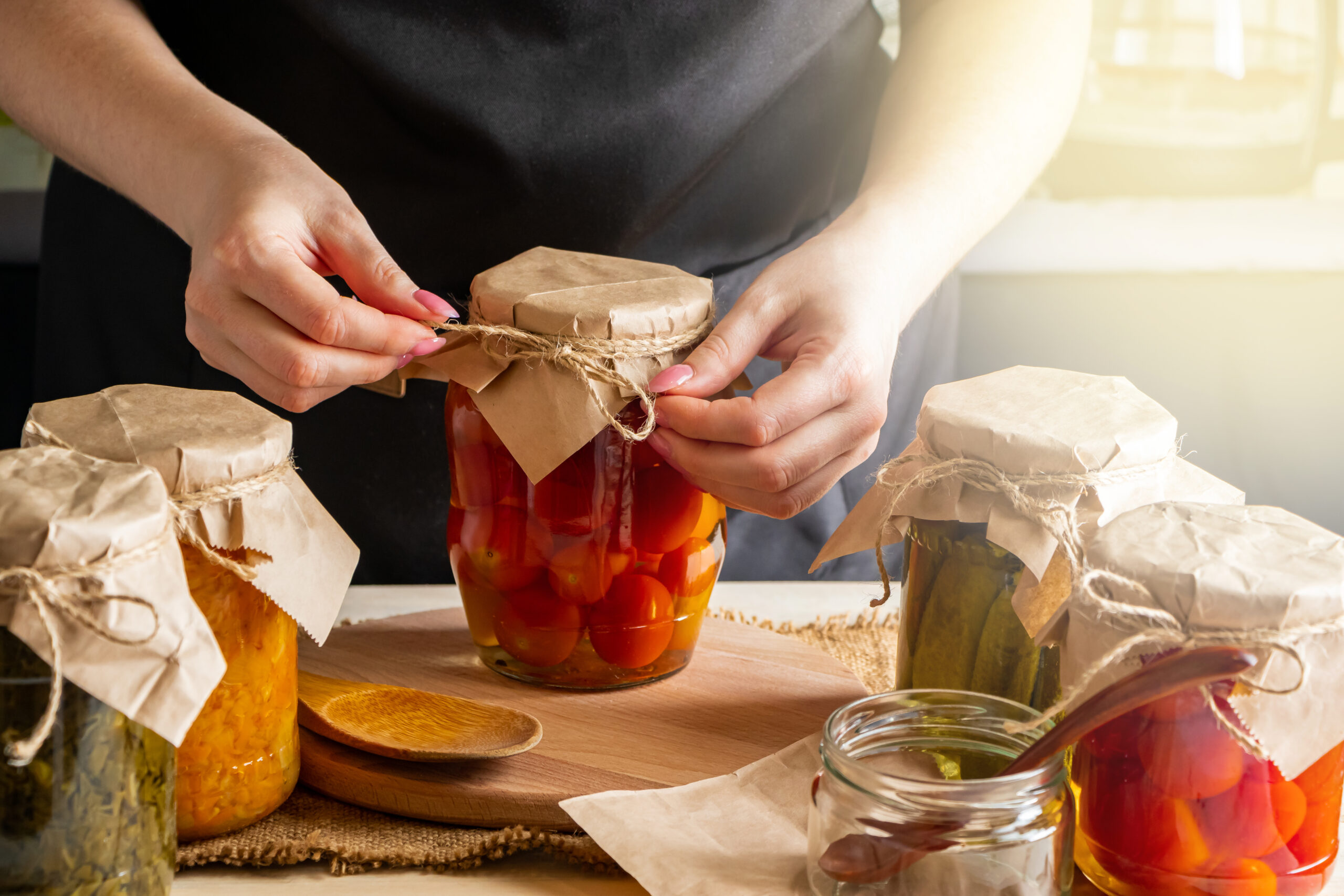
Wartime efforts to feed soldiers on the front lines led to innovations in food preservation, including the invention of canning. Napoleon’s army needed a way to store food safely for long periods, leading to the creation of sealed jars and later metal cans. This preservation method allowed food to be transported safely without spoiling, changing the way people stored food at home. Today, canned foods like beans, soups, and vegetables are everyday pantry staples. Canning’s efficiency and shelf life continue to be essential in modern households and emergency food supplies.
Instant Coffee

During World War I, soldiers needed a quick, reliable caffeine source, leading to the development of instant coffee. This innovation provided soldiers with a fast and convenient way to get energy without the need for brewing equipment. The popularity of instant coffee spread to civilians during and after the war, making it a common household item. Today, instant coffee remains popular worldwide, especially for those seeking a quick caffeine fix. Its affordability and convenience keep it a mainstay in many kitchens and workplaces.
Spam and Canned Meat
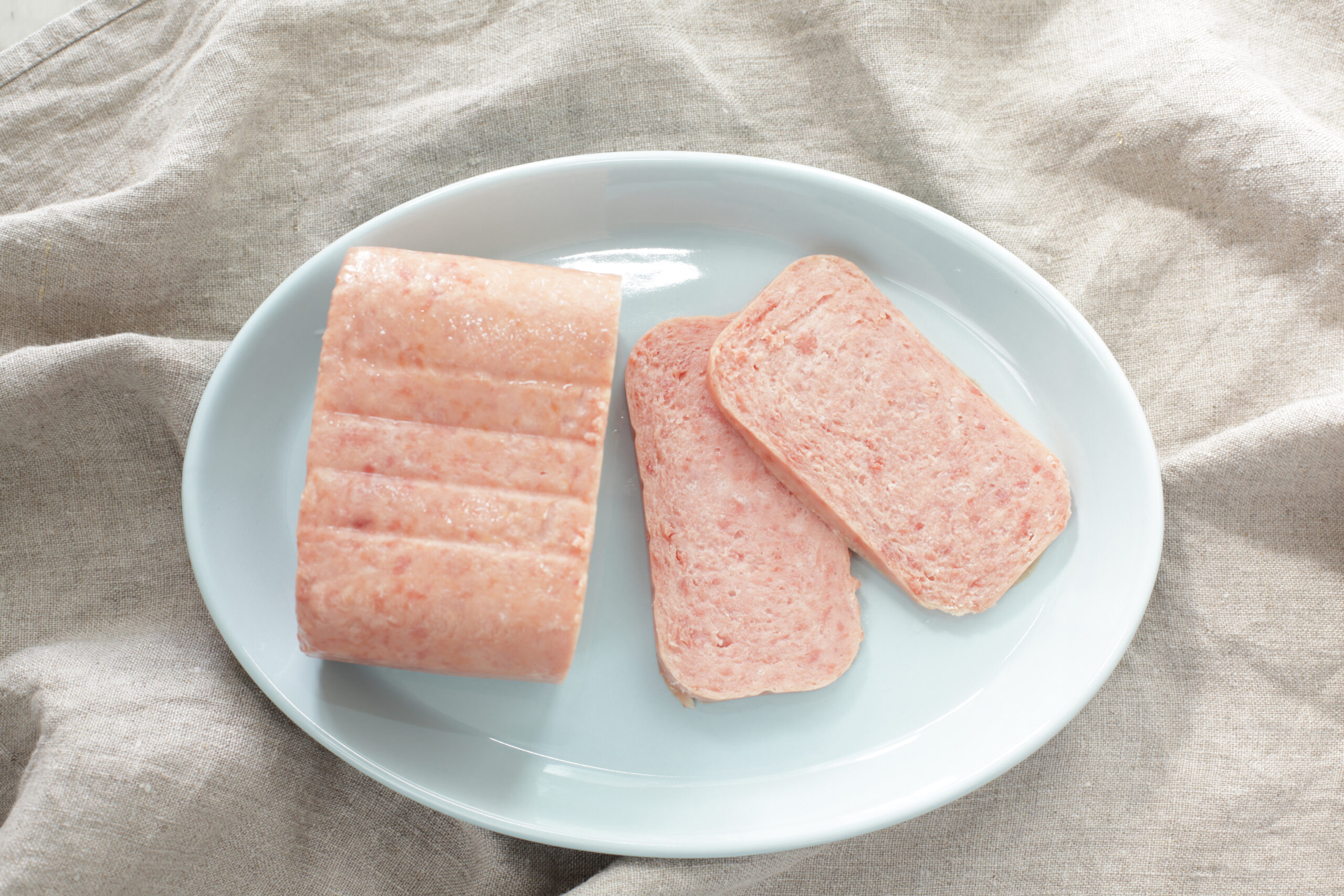
Spam, the iconic canned meat, was heavily used during World War II to feed American troops. Its long shelf life and high protein content made it ideal for military rations, and it became a favorite among soldiers. After the war, Spam was marketed to civilians, and it found popularity in places like Hawaii and the Philippines. Today, Spam is still widely consumed and has become a cultural icon, particularly in regions that saw U.S. military presence. Its versatility in recipes has turned it into a beloved comfort food for many.
Powdered Milk
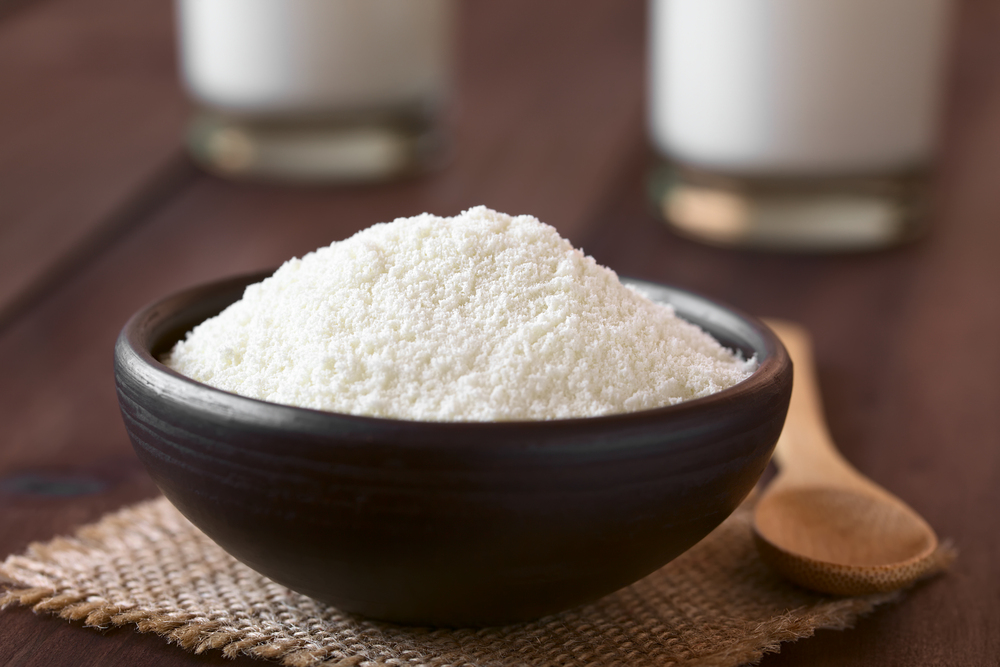
To ensure soldiers received adequate nutrition, powdered milk became a staple in military rations during World War II. It offered the nutrients of fresh milk without the risk of spoilage, making it suitable for harsh and remote conditions. After the war, powdered milk became available to the public and was marketed as a convenient alternative to fresh milk. Today, it remains popular for its long shelf life and convenience, especially in countries with limited access to fresh milk. It’s commonly used in baking and emergency food kits.
Margarine

With shortages of butter during wartime, margarine became a popular alternative, particularly during World War II. Made from vegetable oils, margarine was cheaper to produce and could be mass-produced to meet civilian needs during rationing. After the war, margarine’s popularity continued, and it became a common substitute in households and recipes. Its versatility and lower cost compared to butter have kept it popular in many kitchens. Margarine has since evolved to include heart-healthy oils, solidifying its place in modern diets.
Rationed Sugar and Sweets

Sugar rationing during World War II led to new ways of sweetening foods, as traditional sugar became scarce. This period saw a rise in the use of alternative sweeteners like corn syrup, which eventually found a place in processed foods. After the war, sugar production resumed, but corn syrup remained popular in the food industry due to its affordability and shelf stability. Today, corn syrup is a common ingredient in candies, sodas, and baked goods, largely due to these wartime innovations. It’s a staple in many processed foods found on supermarket shelves.
Freeze-Drying

Originally developed to preserve blood plasma for soldiers, freeze-drying technology quickly found applications in food preservation. The military saw its potential for making lightweight, long-lasting rations for soldiers, leading to freeze-dried meals. Today, freeze-dried foods are popular in camping, emergency supplies, and even breakfast cereals. This preservation method retains much of the food’s original flavor and nutritional value, making it a preferred choice for health-conscious consumers. Freeze-drying continues to be used in high-quality products and space travel foods.
Peanut Butter
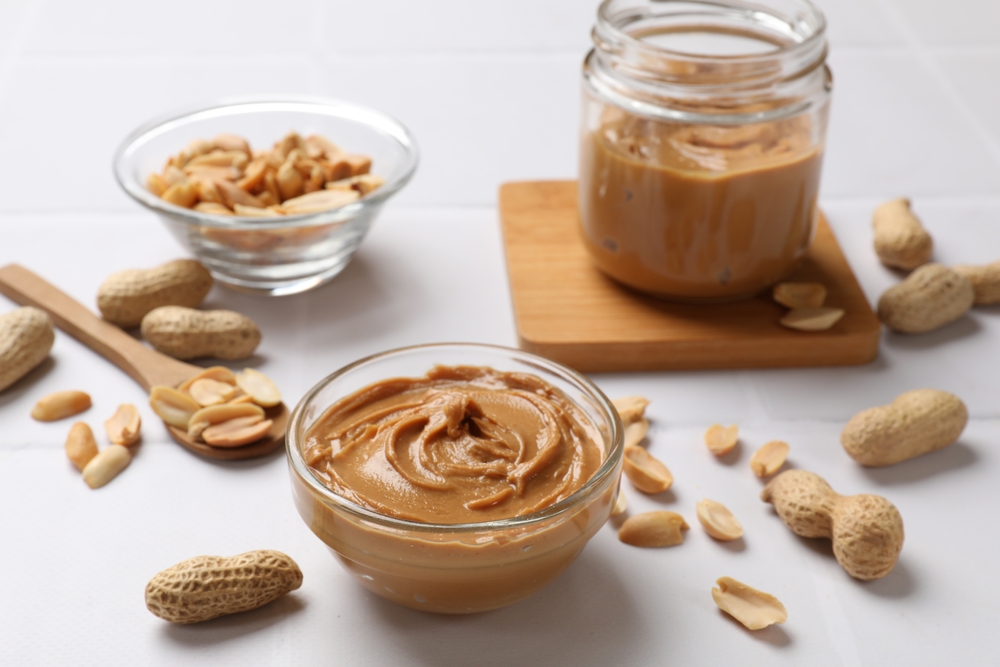
Peanut butter gained prominence during wartime as a high-protein, non-perishable food source that could provide essential nutrition for soldiers. Easy to store and transport, it quickly became a staple for troops and civilians alike. After the wars, peanut butter remained a beloved spread and found its way into countless recipes, from sandwiches to baked goods. Today, it’s a pantry essential for many households and is used in everything from smoothies to Asian-inspired sauces. Peanut butter’s versatility and nutritional value have cemented its popularity.
K-Rations and Ready-to-Eat Meals
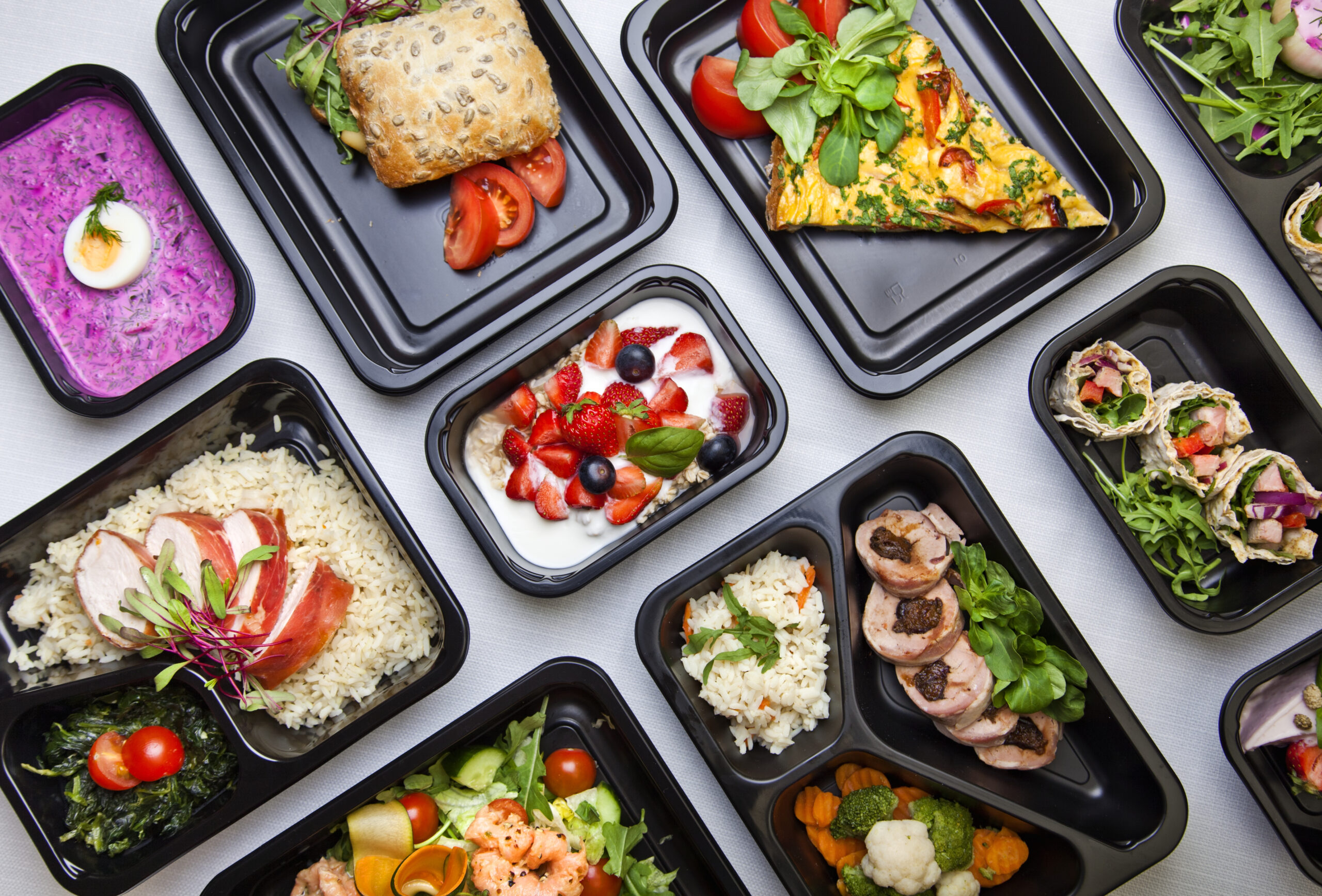
World War II saw the introduction of K-rations, pre-packaged meals designed to sustain soldiers in the field. These rations included items like crackers, cheese, canned meat, and chocolate, all compact and calorie-dense. After the war, the concept of ready-to-eat meals spread to civilian life, eventually leading to products like military-style MREs and convenience foods in stores. Today, meal kits and ready-to-eat snacks reflect this innovation, offering easy meals for people on the go. Modern food companies continue to draw inspiration from these wartime innovations.
Cornflakes and Cereals

The convenience of dry, ready-to-eat cereals made them a favorite during wartime when food production and distribution were heavily impacted. Soldiers and civilians alike enjoyed the practicality and shelf-stability of cereals like cornflakes, which could be eaten with minimal preparation. After the wars, cereals became a breakfast staple across the globe, and brands began innovating with flavors and nutrients. Today, cereals remain one of the most popular breakfast options, particularly in Western diets. The idea of quick and nourishing meals continues to influence the food industry.
Chocolate Bars
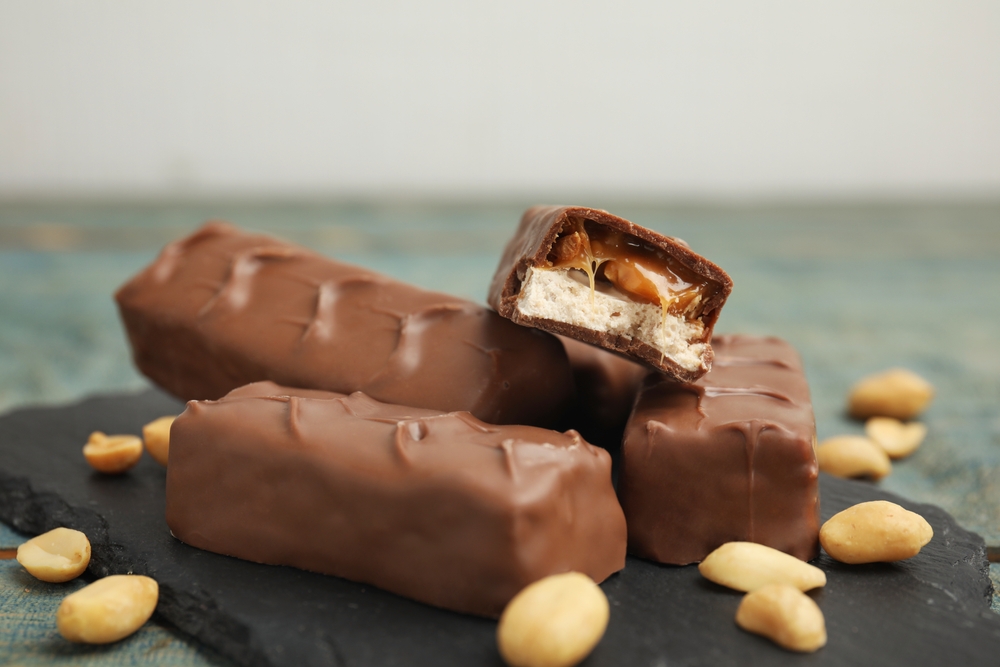
Chocolate bars were included in military rations as a morale booster and energy source for soldiers. During World War II, companies like Hershey’s developed special chocolate bars for soldiers, making chocolate a staple in wartime diets. After the war, the popularity of chocolate skyrocketed, and companies expanded their offerings to the public. Today, chocolate bars are among the world’s most popular treats, found in everything from candy bars to desserts. The high-energy, mood-boosting qualities that helped soldiers are still appreciated by consumers.
Dehydrated Soups and Stews

Dehydrated soups and stews became popular during wartime because they were lightweight, nutrient-dense, and easy to transport. These meals could be rehydrated with water, providing a quick and warm meal option for soldiers on the front lines. After the war, dehydrated soups became a household convenience, widely available in stores as instant soups. Today, products like ramen and packaged soup mixes are common in many pantries for their ease and versatility. These dehydrated meals continue to be popular, especially for quick lunches and camping.
Processed Cheese
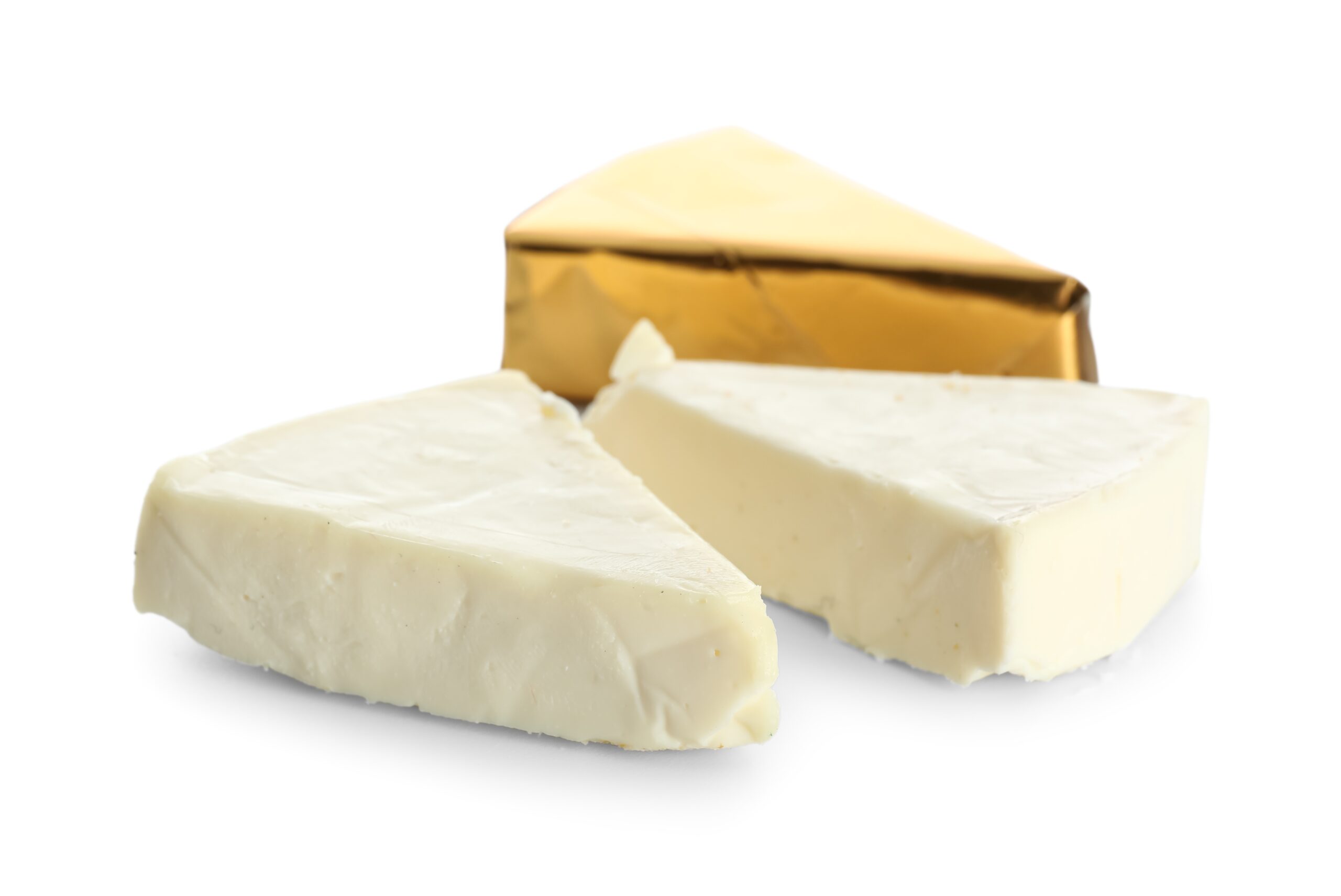
Wartime demands for non-perishable, easy-to-transport food led to the development of processed cheese. Kraft, for instance, supplied canned cheese to the military, which stayed fresh longer than regular cheese. After the war, processed cheese became widely popular as an affordable and versatile food option for families. Today, processed cheese remains a staple in many American households, used in burgers, sandwiches, and other meals. Its long shelf life and melting properties have kept it in high demand for decades.
Instant Noodles
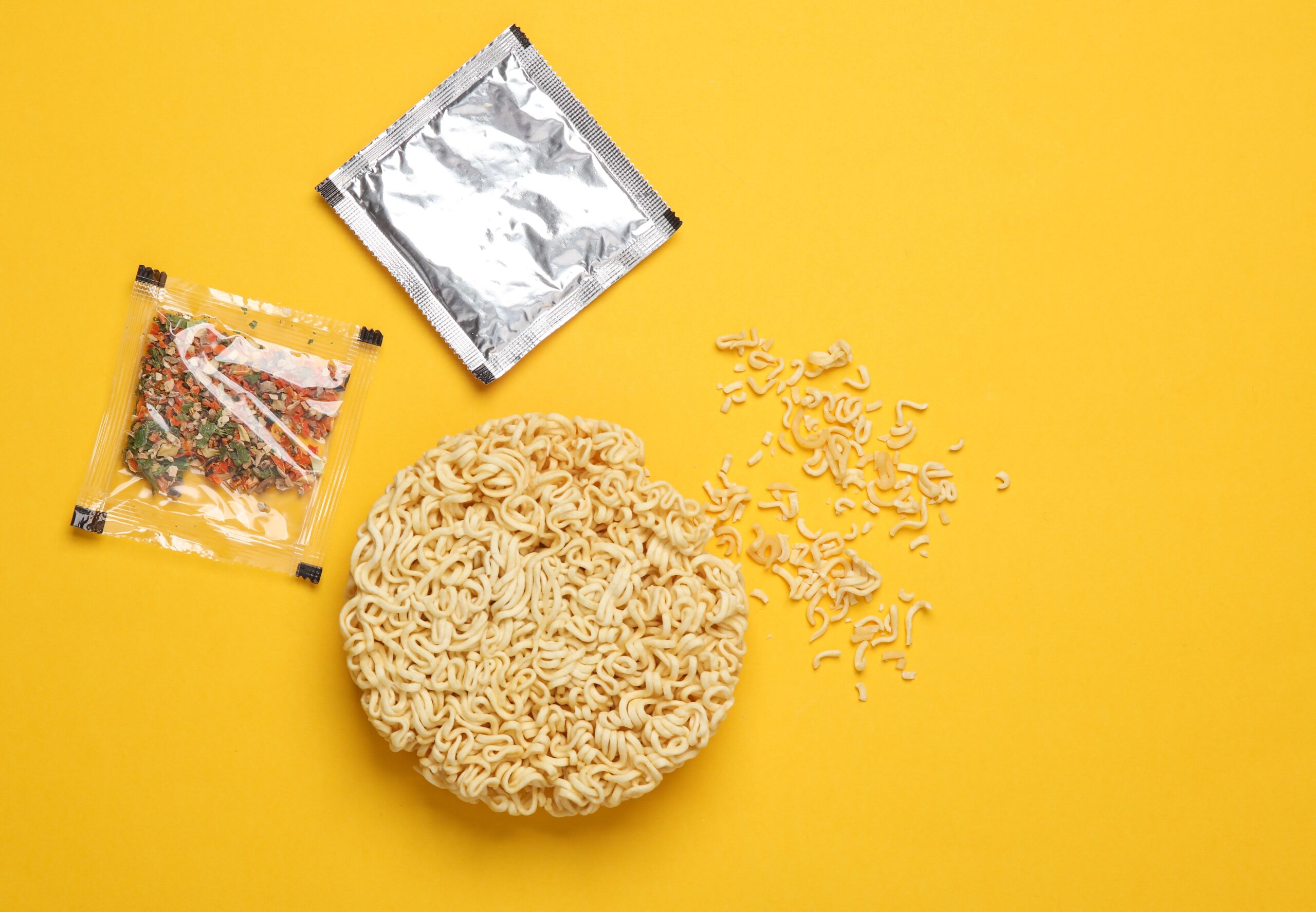
Instant noodles were developed in post-war Japan as an affordable, accessible food source to alleviate food shortages. The quick-cooking noodles became a global sensation, especially in Asia, due to their convenience and affordability. Today, instant noodles are one of the most popular convenience foods worldwide, available in countless flavors and varieties. They’re a favorite among students, travelers, and busy individuals who need a fast meal. This wartime innovation laid the foundation for a multibillion-dollar industry that continues to grow.
Synthetic Sweeteners

Saccharin and other synthetic sweeteners became popular during wartime sugar shortages, especially in World War I and World War II. These artificial sweeteners allowed people to enjoy sweet flavors without using scarce resources like sugar. After the war, synthetic sweeteners like saccharin, aspartame, and sucralose remained popular, leading to their widespread use in diet foods and beverages. Today, artificial sweeteners are common in everything from diet sodas to sugar-free snacks, offering a low-calorie alternative to sugar. Their widespread availability reflects a lasting change in consumer tastes and diet culture.
This article originally appeared on RetailShout.
More From RetailShout
15 Pumpkin Spice Treats That Aren‘t Lattes to Try This Fall
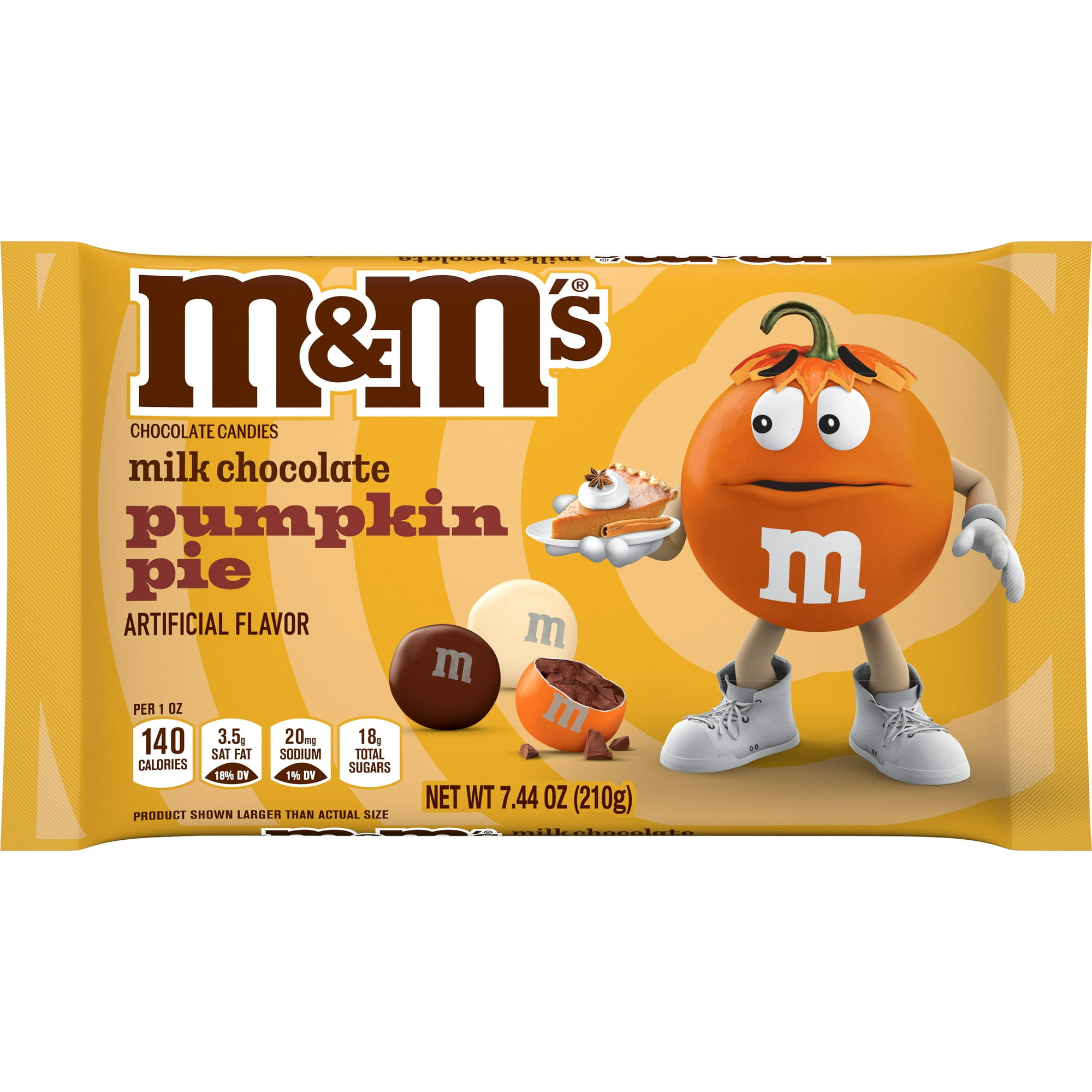
Fall is here, and that means it’s time for all things pumpkin spice! While pumpkin spice lattes usually steal the spotlight, there are so many other delicious treats out there that deserve some attention. Read More.
15 Seasonal Items From Supermarkets That Shoppers Swear By
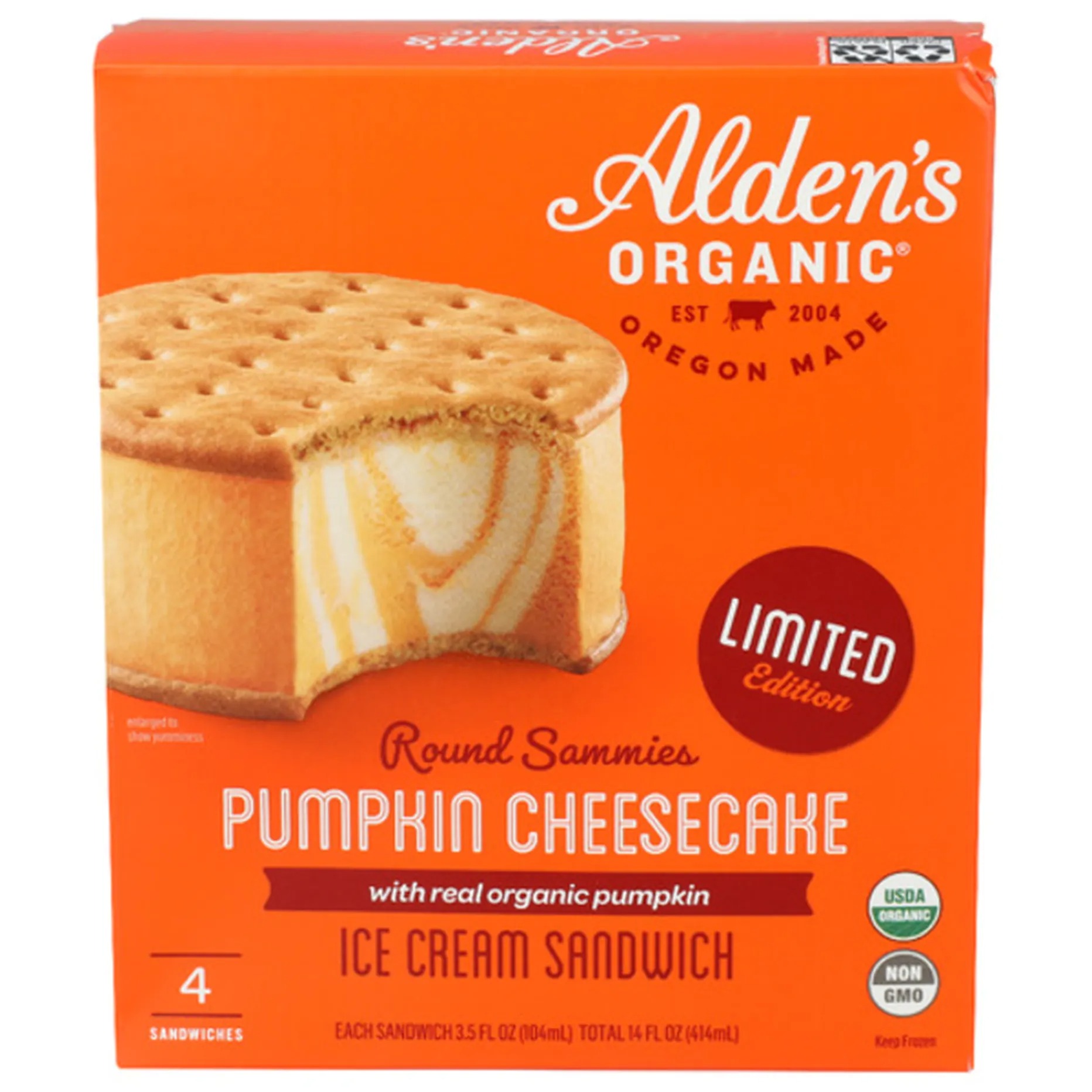
Seasonal finds at supermarkets always create a bit of excitement, don’t they? These items seem to capture the best flavors and vibes of the moment. Read More.
15 Best Buys at Sam‘s Club This Week (11/08/2024)
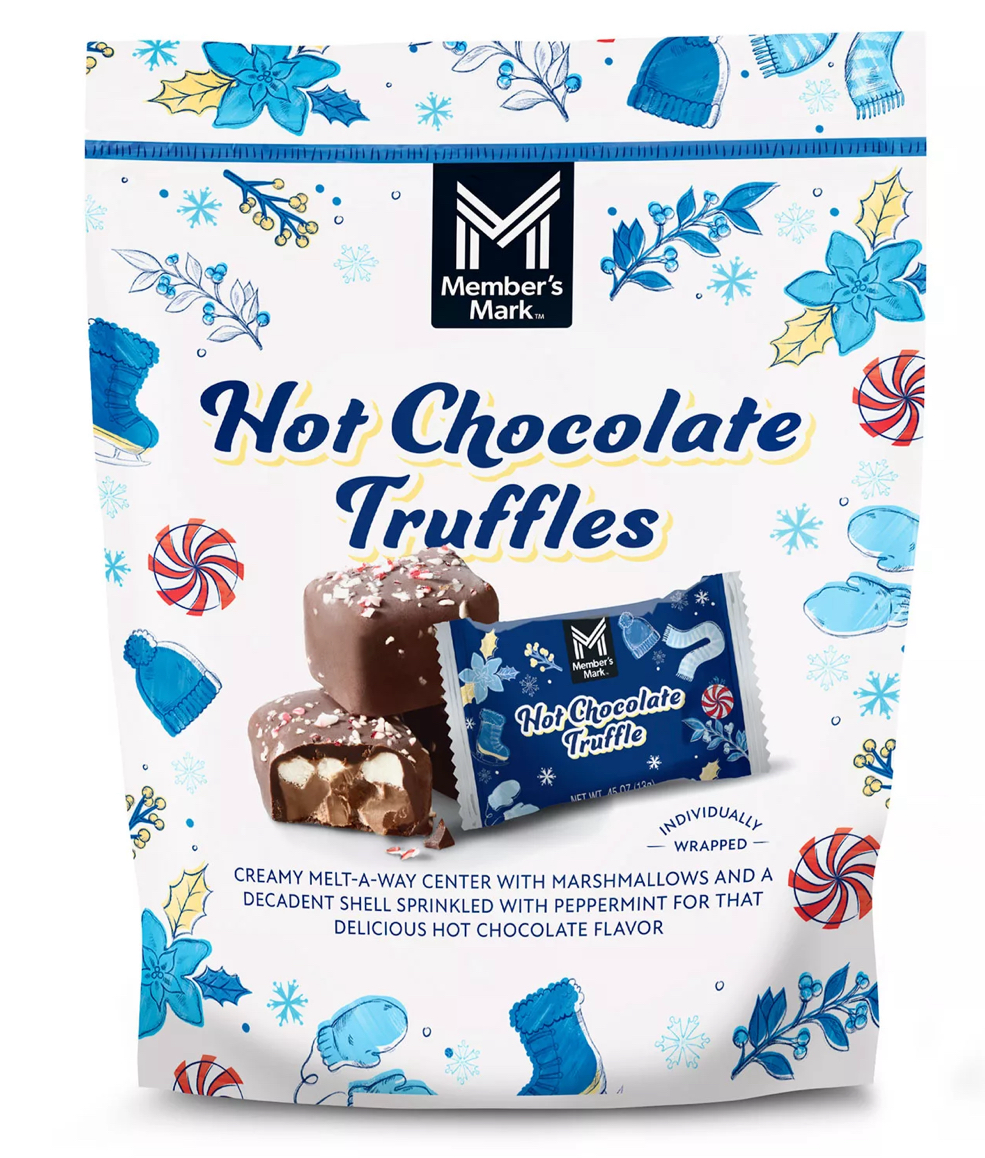
This week’s best buys are sure to make your holiday preparations easier and more festive. With a variety of seasonal treats, savory sides, and holiday must-haves, Sam’s Club has everything you need to impress family and friends without the extra hassle. Read More.

